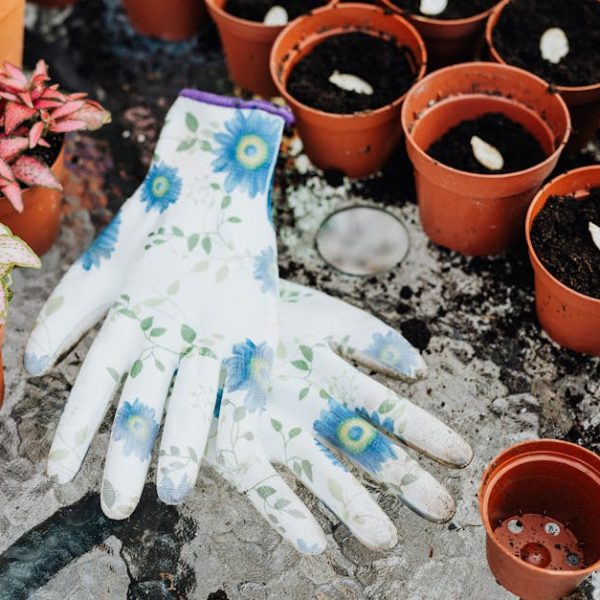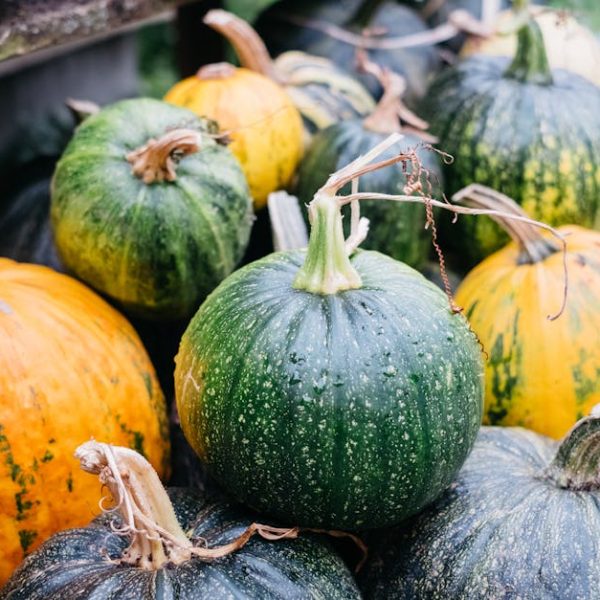Maintaining a healthy strawberry crop can feel like quite the battle. The sweet, juicy fruits are prime targets for a host of pests. When not promptly identified and effectively controlled, these tiny menaces can ruin an entire yield. This guide addresses the problem by presenting seven smart tricks to deal with common strawberry pests, ensuring that you can enjoy the fruits of your labor without bitter disappointment.
Understanding Common Strawberry Pests
Before we delve into the solutions, it’s crucial to understand the enemy. A variety of pests pose threats to strawberries, including the likes of aphids, slugs, spider mites, and thrips. Signs of these pests include curled leaves, silvery trails, yellow specks on leaf undersides, and blackened or shriveled fruits.
- Aphids are small, green pests that suck sap from the plant.
- Slugs feast on the fruit, leaving behind noticeable chew marks.
- Spider mites create a grainy texture under the leaves, causing undersides to yellow.
- Thrips leave scars on the fruits and cause flower petals to stick together.
To prevent these pests from invading your strawberry crop, a comprehensive approach that includes consistent monitoring, regular cleaning, and strategic plant care is recommended.
Strawberry Pest Trick One: Handpicking
Sometimes, the simplest method is the most effective – handpicking. Going through your plants regularly and removing any visible pests minimizes the risk of infestation. This method proves particularly efficient against slug and other larger pests.
- Pro tip: Handpick pests early in the morning when they are less active and easier to catch.
The method is simple and needs no extra tools, but it can be time-consuming, especially for larger gardens. Despite that, it greatly reduces potential damage.
Strawberry Pest Trick Two: Use of Natural Predators
Nature offers its own pest control mechanisms. Encouraging beneficial insects or animals that prey on pests provides an organic way to check the pest population. Ladybugs, spiders, and birds are common examples of natural predators. You can attract them through the strategic planting of diverse plants, providing water sources, and creating sheltered areas.
- Best Practice: Ensuring a diverse ecosystem encourages a natural predator-prey balance, contributing to effective pest control.
Strawberry Pest Trick Three: Homemade Pesticides
For those who prefer an organic approach, homemade pesticides, usually made from common ingredients like garlic, soap, or vinegar, offer a non-toxic alternative to harsh chemical pesticides.
| Homemade Pesticides | Chemical Pesticides | |
|---|---|---|
| Efficacy | Effective against mild infestations | Highly effective even in severe infestations |
| Safety | Safer for beneficial insects | May harm non-target species |
| Cost | Low-cost, using household items | May be expensive |
- Pro Tip: Always test a small amount of homemade pesticide on a leaf before full application to ensure the mixture doesn’t harm the plant.
Continue to trick number four ->
Strawberry Pest Trick Four: Crop Rotation
A brilliant strategy to keep pests at bay is crop rotation. This method involves changing the type of crops grown in a specific area each growing season. It helps break the life cycle of pests and minimizes the risk of soil-borne diseases. A simple rotation could be strawberries, followed by a crop of beans, and then perhaps a leafy green like spinach.
- Pro Tip: Ideally, avoid growing strawberries in the same spot for more than three consecutive years to effectively manage potential pest issues.
Strawberry Pest Trick Five: Strategic Planting
The art of strategic planting incorporates the practice of companion planting – deliberately placing plants that benefit each other close together. Some plants repel specific pests, thus can be utilized as a biological pest control strategy. For instance, chives deter aphids, and borage repels spider mites, making them excellent companions for strawberries.
- Pro Tip: When implementing companion planting, ensure to consider the growing requirements of each plant to avoid any adverse effects on your strawberries.
Strawberry Pest Trick Six: Use of Barriers
Using physical barriers is a simple yet effective way to keep pests away from your precious strawberries. Mulch prevents slug invasion, netting wards off birds, and a cloche can protect your crop from a variety of pests.
| Mulch | Netting | Cloche | |
|---|---|---|---|
| Effectiveness | Excellent for deterring slugs | Great for keeping birds away | Blocks variety of pests |
| Maintenance | Regular replenishment required | Needs checking for rips or gaps | Needed to be removed in the day and replaced in the evening |
| Cost | Low-cost | Moderate cost | Moderate to high cost |
- Pro Tip: Always secure the barrier correctly and check routinely for any damages that may allow the pests to get through.
Strawberry Pest Trick Seven: Regular Garden Maintenance
Last but not least, maintaining a clean and healthy garden is one of the best preventive measures against pests. Regular monitoring, proper watering, timely weeding, and adequate fertilization are key to maintaining a healthy strawberry crop.
Here is a basic checklist of regular maintenance activities:
- Regularly monitoring the strawberry plants for any signs of pests.
- Watering the plants in the morning to discourage slug activity.
- Timely removal of weeds which can serve as hiding spots for pests.
- Applying organic compost to boost the nutritional profile of the soil.
- Best Practices: Using a combination of above-mentioned techniques can help in creating a robust pest management plan for your strawberry garden.
Remember, dealing with pests is an ongoing process. But, with these seven smart tricks, you are now equipped to protect your strawberries and conquer the battle against these pesky pests. Good luck, and happy gardening!
Key Takeaway:
- The most common strawberry pests include aphids, slugs, spider mites, and thrips, and understanding their characteristics aids in better pest management.
- Simple strategies to control these pests range from manual removal (handpicking) to inviting natural predators into the garden.
- Homemade pesticides present a non-toxic, cost-effective alternative to chemical pesticides.
- Strategic practices such as crop rotation and companion planting can effectively reduce pest populations.
- Physical barriers like mulch, nets, and cloches can protect strawberries from specific pests.
- Regular garden maintenance plays a crucial role in minimizing the chances of pest infestation.
Don’t let pests rob you of the joy of harvesting fresh, juicy strawberries. With these seven smart strategies, you can maintain a thriving strawberry garden and enjoy the delicious fruits of your labor. Remember, persistence is key! And always make sure to adapt and refine your approach based on the unique needs of your garden.
FAQs
Q: What are some other plants that I can use for companion planting with strawberries?
A: There are several plants that can work well with strawberries in a companion planting setup. These include thyme, sage, and onions, which are known to repel pests. Additionally, plants like spinach and beans can be beneficial due to their different nutrient demands, reducing competition and promoting soil health.
Q: How often should I rotate crops in my strawberry garden?
A: As a general rule, avoid growing strawberries in the same spot for more than three consecutive years. Crop rotation helps break the life cycle of pests and reduces the chances of soil-borne diseases.
Q: Can over-watering attract more pests to my strawberry plants?
A: Yes, over-watering can indeed attract more pests. For example, slugs are more likely to appear in overly damp conditions. It’s best to water your strawberry plants in the morning and allow the soil to dry out a bit before watering again.
Q: How can I attract more natural predators to my garden?
A: Cultivating a diverse ecosystem in your garden can attract more natural predators. This involves planting a variety of plants, providing sources of water, and creating sheltered areas for these beneficial creatures.
Q: Can homemade pesticides also harm beneficial insects?
A: While homemade pesticides are safer than chemical ones, they can still impact non-target species if not used carefully. Therefore, it’s important to apply them only when necessary and in a targeted manner.
Share this article with your fellow gardening enthusiasts and explore more posts on our website for additional tips and strategies. Happy gardening!






